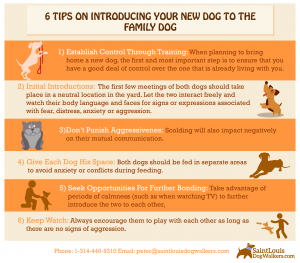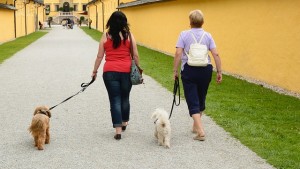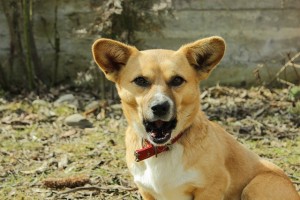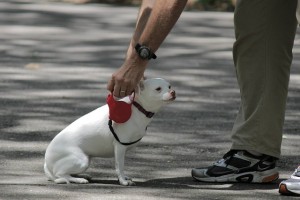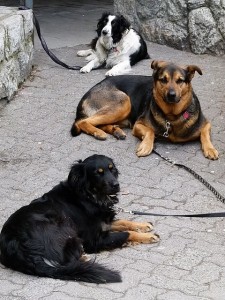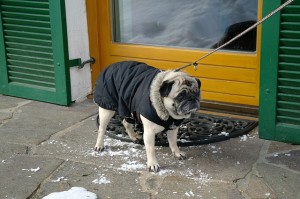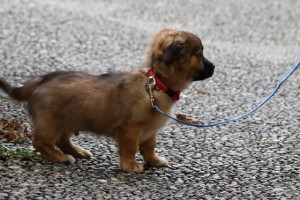6 Tips on Introducing Your New Dog to the Family Dog
Two Important Questions
Although deciding to add a new family member to your home is a nice idea, it is one that has to be carefully handled in order to ensure that everyone remains happy. There are two very important questions which must be considered and answered before you take the step.
Can I cope with another dog?
Dogs demand care and attention to keep them going and of good behavior – feeding, regular walks, training, vet visits, etc. Being a pet owner places on you the burden of responsibility; Are you ready to carry more? Do you have the resources in terms of time and money to lavish on another dog? Your answer to these questions would determine if you should go ahead or not.
What’s My Dog’s Personality?
Granted that dogs are sociable animals, each one has a unique personality and because of this, issues of dominance and confrontations over shared resources can arise. Study your resident dog to know his or her temperament – is your pet the calm, quiet and shy type that may cower in the presence of a more aggressive, louder and bolder dog?
How to Introduce a New Dog to the Family Dog
- Establish Control Through Training: When planning to bring home a new dog, the first and most important step is to ensure that you have a good deal of control over the one that is already living with you. Do the following:
- Take your dog through a reward-based training to respond quickly to verbal cues and commands so that he or she responds to your instructions to sit, focus etc.
- Train your pet to behave well while in the company of people and other dogs.
- Ensure that he or she gets daily sessions of exercises, play and rest.
- Your dog should have his or her own bed space, toys and play area.
- Leash training is required to keep your dog in check in case the need arose. It is necessary to ensure that you can be in full control to be able to avert any display of aggression.
- Initial Introductions: The first few meetings of both dogs should take place in a neutral location in the yard or away from home. During this period of introductions, use a leash sparingly and only when it becomes necessary. Let the two interact freely and watch their faces and body languages for signs or expressions associated with fear, distress, anxiety or aggression. If both of them decide to ignore the other and play alone, it’s okay. Good behavior from either dog should be rewarded with food treats. These meetings should be brief and followed by a short period of rest when you cater to each dog’s needs.
- Don’t Punish Aggressiveness: It is important that you allow both dogs express themselves freely. If you punish your dogs for lip lifting, growling, snarling or snapping, this might suppress these natural instincts. Scolding will also impact negatively on their mutual communication.If you notice a fight brewing, call the resident dog to sit and stay with you or redirect the attention of both dogs to other activities.
- Give Each Dog His Space: Both dogs should be fed in separate areas to avoid anxiety or conflicts during feeding. Sleeping areas should also be separate to prevent fights springing up in the night,
- Seek Opportunities For Further Bonding: Take advantage of periods of calmness (such as when watching TV) to further introduce the two to each other, During these times, put a leash or some other form of restrain on each dog and always reward friendly behavior.
- Keep Watch: Keep a close watch over both dogs. The new dog should naturally be willing shy away from confrontation and defer to the resident dog. Always encourage them to play with each other as long as there are no signs of aggression.

